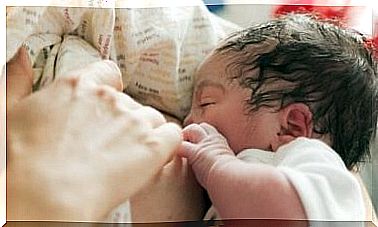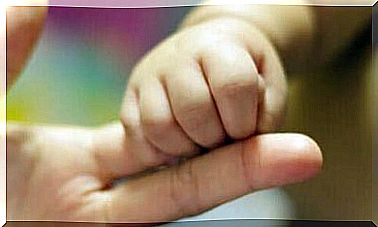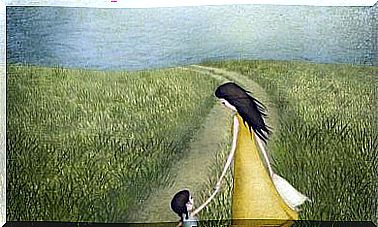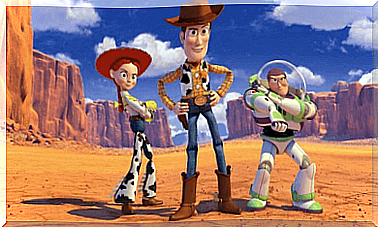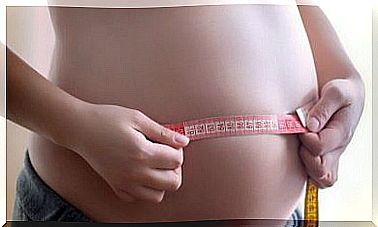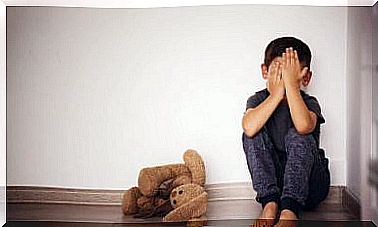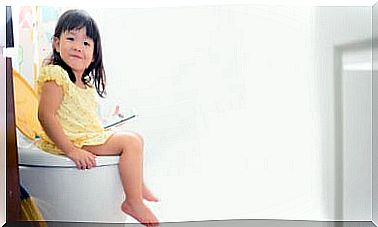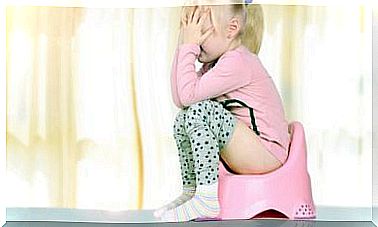What Is And How Does The Galant Reflex Manifest?
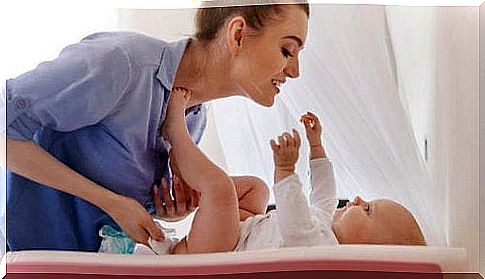
When our baby is growing up, his body can go through different types of reflexes, more types than we really know. The Galant reflex, also known as the trunk bending reflex, is one of these reflexes, and usually disappears around the baby’s first year of life. This reflex is a muscular reaction and occurs automatically in response to a stimulus.
How is the Galant reflex triggered?
For the Galant reflex to happen we must stimulate our baby. To do this, we must place the child on his stomach on his hands, and touch both sides of his spine with his finger (from the shoulder to the buttocks), first on one side and then on the other.
Immediately, the baby will respond to the stimulus by bending the spine toward the stimulated side. As mentioned earlier, this reflex should disappear before the baby is one year old.
The main function of the Galant reflex is to develop the vestibular sense and help the child pass through the birth canal, but by staying active after the child is one year old, any touch to the lower back will cause the child to rotate the hip. in that direction. On the other hand, it can cause problems in controlling the sphincters and will prevent the child from being able to sit still in a chair for a long time.
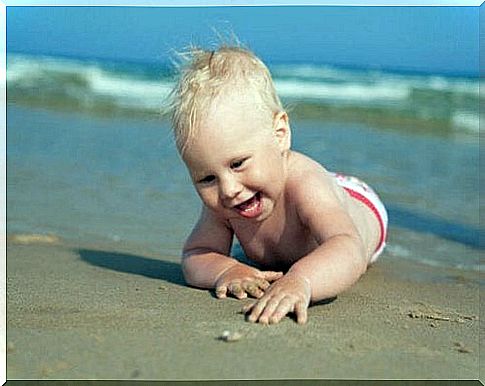
Signs that the reflex is not present
If the reflex is not present, the child may experience hypersensitivity in their back, which will make them unable to support very tight clothing. In general, the entire waist region will be sensitive and the child will prefer looser clothes. This discomfort can even cause problems with concentration or attention in any activity that the child needs to perform sitting, and causes them to have a poor short-term memory.
Among the inconveniences that the child does not feel this reflex can cause are: eye-hand coordination problems, inability in the lower body, back problems when older and even the absence of this reflex is related to the fact that children over 5 years of age still wet the bed.
Other secondary baby reflexes
- Moro’s reflex: The first thing you should do is place your baby on a soft surface, gently grasp and pull her wrists, pulling her hands a little apart and letting them fall back. The baby will respond by opening his arms and stretching them forward, as if he wants to give a hug. After that, he starts to cry. Typically, this reflex lasts up to four months of life.
- Parachute Reflex: In order to notice this reflex, you need to hold the baby by the waist on his stomach and then bend him forward. In response to this stimulus, the baby will respond by opening his arms and hands. It is normal for this reflex to appear around six months and disappear when the baby is nine months old.
- Step Reflex: When we hold the baby around the waist or under the armpits and try to get him to stand up, he begins to perform movements as if he were taking his first steps. If we put it on a solid foundation it will try to advance little by little. Thus begins the process of learning to walk.
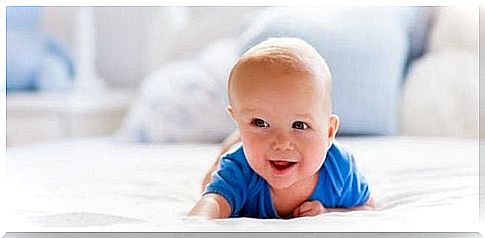
But they are not the only ones…
- Landau reflex: If we hold the baby on his stomach in a horizontal position, his torso will straighten, his head will lift, and his feet and arms will instinctively stretch. This reflex usually appears around the fourth month, and disappears by the tenth month of the baby’s life.
- Drag reflex: In order for the baby to react to this reflex, we must place him on his stomach: he will try to move his legs to start crawling. You can help by placing your thumbs under the child’s feet for support. Normally, this reflex is present up to three months of life.
- Search Reflex: When we cuddle or touch the baby’s lips, he turns his head and opens his mouth to seek the direction of the contact he received. Developing this reflex helps your child learn to reach for the breast or bottle. From the first month, babies already show this reflex.
- Crawling Reflex: We should place the baby on his/her stomach on a solid foundation that you feel is safe. The little one will immediately react and will put himself in the crawling position. This reflex appears around six or seven months of age, and lasts until the child starts to crawl.
Babies have many types of reflexes from birth to their first year of life. We must be very attentive to everyone and see if they feel each reflection in the corresponding period. If you notice that any of them occur outside the proper time, consult your pediatrician and ask your questions, so that he or she can help to establish a proper diagnosis.
